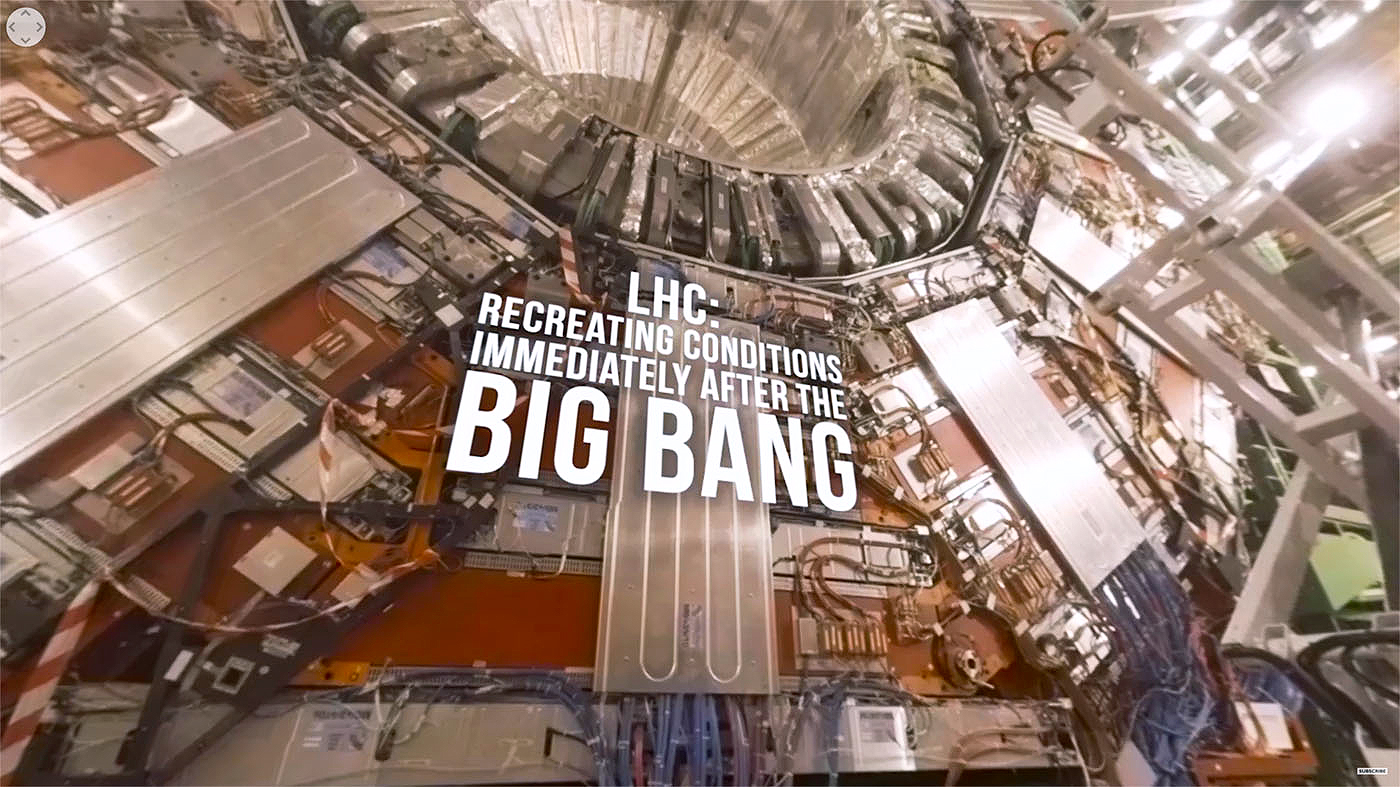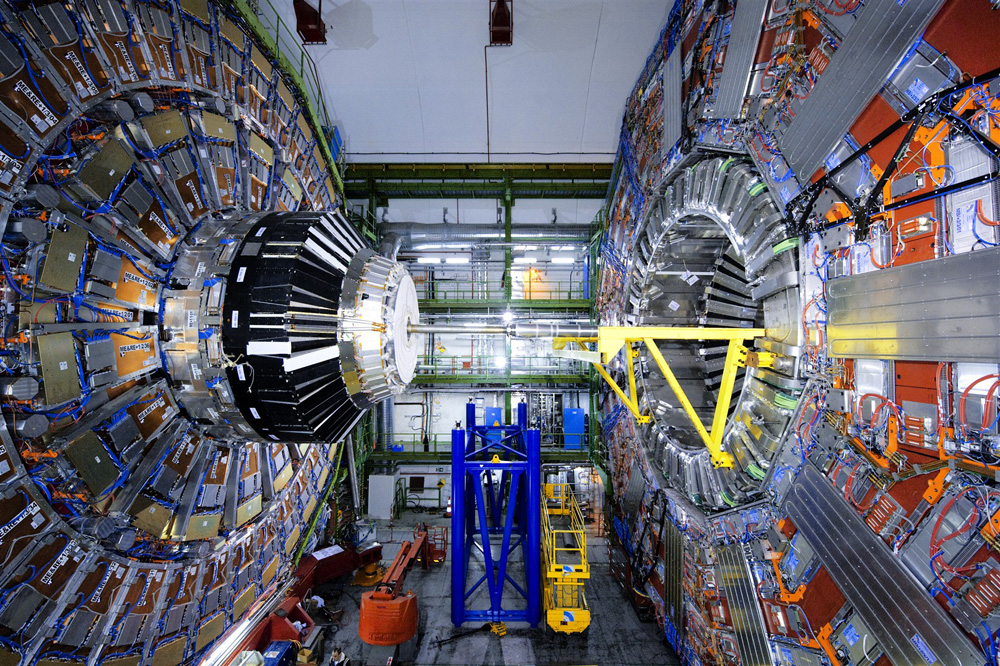


#SUPERCONDUCTOR SUPERCOLLIDER SERIES#
One in this series of interview programs hosted by Bill Moyers.

The lower limit set on the Higgs boson mass is m H > 114.4 GeV/c 2 and remained for many years the last experimental constraint on the Standard Model Higgs Boson due to the shutdown of the LEP collider and the experimental challenges at hadron machines as the Tevatron.WORLD OF IDEAS WITH BILL MOYERS, A: STEVEN WEINBERG (TV) Summary The last experimental limits on the Higgs mass have been set in 2001 at the LEP collider, an electron positron machine close to Geneva, Switzerland.

Nevertheless these studies allow to further constrain its mass range. During the last twenty years several experiments have searched for the Higgs boson but so far it escaped direct observation. This Higgs mechanism also gives rise to a single neutral scalar boson with an unpredicted mass, the Higgs boson. The mechanism proposed to solve this issue involves the introduction of a complex doublet of scalar fields which generates the masses of elementary particles via their mutual interactions. Many experimental measurements show an excellent agreement between observation and theory but the origin of the particle masses and therefore the electroweak symmetry breaking remains unexplained. Our confirmed knowledge of particle physics is based on these particles and the theory describing their dynamics, the Standard Model of Particles. These forces are mediated by particles called bosons. Four fundamental more » forces are acting between these particles, the electromagnetic, the strong, the weak and the gravitational force. Today it is known that matter consists of fermions, the quarks and leptons. Particularly Astronomy, Astroparticle Physics and Particle Physics lead the race to answer these fundamental and ancient questions experimentally. During the last hundred years modern science was able to extend its knowledge tremendously, answering many questions, opening entirely new fields but as well raising many new questions. The question of the nature and principles of the universe and our place in it is the driving force of science since Mesopotamian astronomers glanced for the first time at the starry sky and Greek atomism has been formulated. Finally, Chapter 8 is devoted to discuss the results and conclusions of this work, and future prospects. The development of the analyses is shown in Chapter 6 and Chapter 7. Based on the CDF subsystems information, Chapter 4 and 5 describe the analysis objet reconstruction and the heavy flavor tagging tools. Chapter 3, describes the Tevatron and CDF. This thesis sketches the basic theory concepts of the Standard Model and the Minimal Supersymmetric Extension in Chapter 2. Instead, 95% confidence level limits are set on the production cross section, and then translated into the mass plane of the hypothetical particles. No signal is found over the predicted Standard Model background in both searches. That frontier lies at energies of about 10$$) quarks could be highly enhanced at the Tevatron, giving the possibility of discovering new physics or limiting the parameter space available in the theory. We can define a frontier where our more » current understanding ceases to make sense, where the clues that will lead us to a more satisfying description of Nature will have to be found. Next, I will discuss questions the Standard Model raises but cannot answer. I will review the evidence for quarks and leptons as fundamental constituents and explain the strategy of gauge theories of the fundamental interactions. My first order of business will be to summarize the microscopic description of matter to which we have come in the past twenty years. The new insights embodied in the Standard Model of elementary-particle physics not only provide a framework for describing and understanding the world around us, but also elucidate the first instants after the creation of the universe. All known natural phenomena can be described in terms of a few fundamental forces acting among these basic constitutents. We have learned that all matter in its diverse forms is assembled from a few building blocks called quarks and leptons. This progress has, in large measure, been stimulated by experimental results from particle accelerators, instruments of the kind given to use by Bernard Gregory and his colleagues. Over the past two decades, the age-old struggle to describe and comprehend the nature of elementary particles and forces has been rewarded by a radically new and simple picture of Nature.


 0 kommentar(er)
0 kommentar(er)
